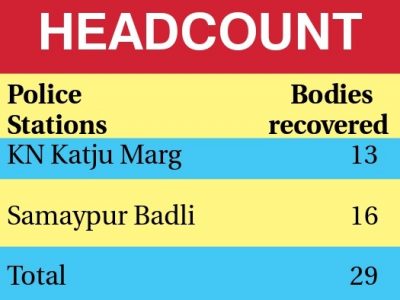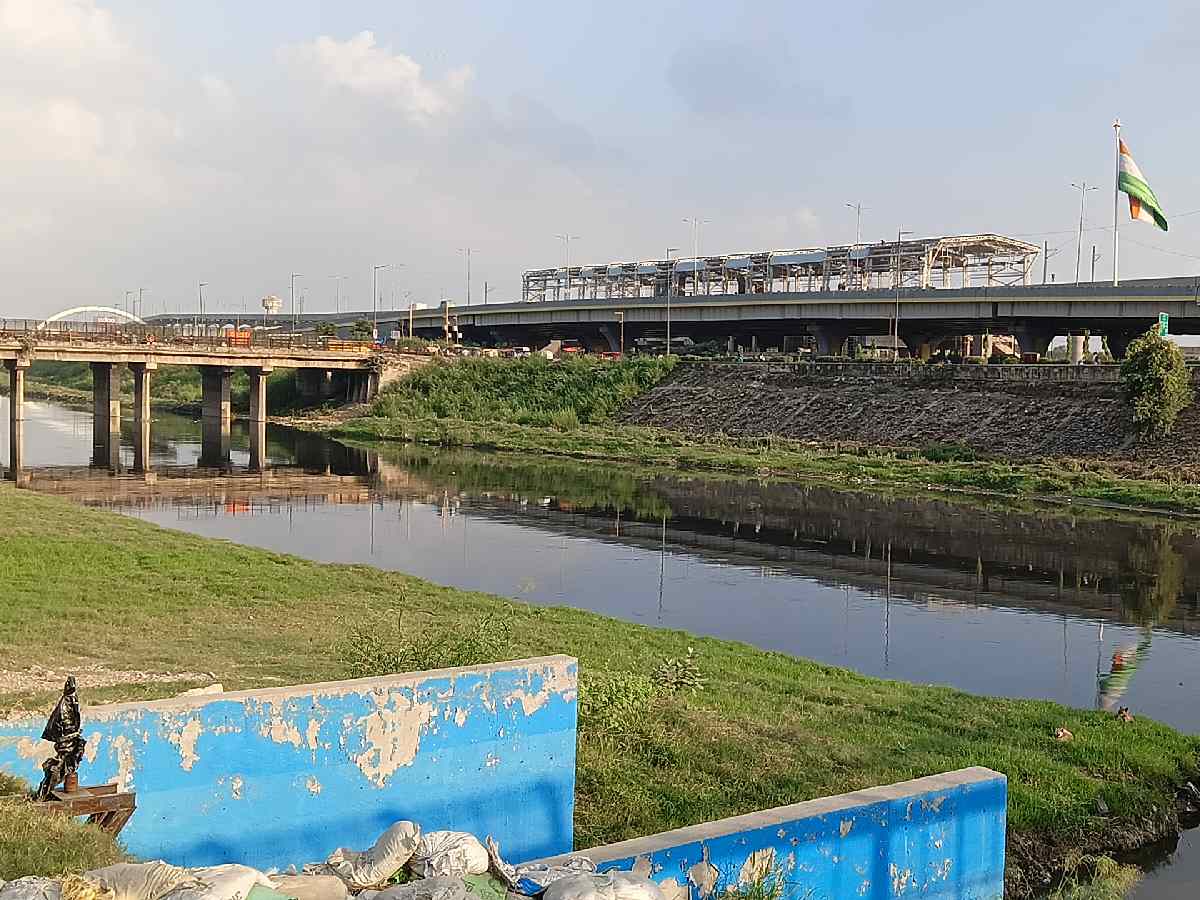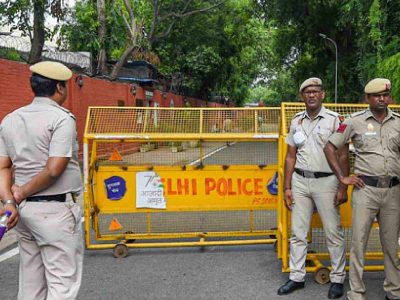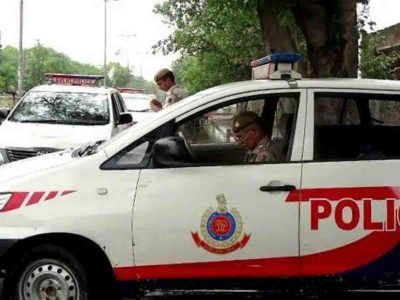Vishal Kumar, a Class 12 student, never imagined the tragedy that awaited him when he left for school on Tuesday, September 24. By evening, his family’s worst fears had come true.
When Vishal failed to return home, his panicked sister reported him missing at the Vijay Vihar police station, claiming her brother had been thrown into the Munak Canal. Acting swiftly, the police initiated a search operation along the canal.
After hours of combing through the water, authorities recovered a body, later identified as Vishal Kumar. The body has been sent for a post-mortem, and further investigation is underway.
This is neither the first nor the last instance where the canal has been used to dispose of bodies or commit murder. Multiple cases in the past have revealed that the Munak Canal holds many of the dead from the national capital. Not just Delhi, but bodies from bordering states like Haryana and Uttar Pradesh have also been recovered. While some cases may involve accidents or suicides, numerous bodies have been registered as murder victims.
To illustrate the scale of the issue, bodies have been recovered at two major junctures under the jurisdiction of two police stations — KN Katju Marg and Samaypur Badli.

According to data from these police stations, the total number of bodies recovered this year stands at 29. Of these, 13 were recovered under the jurisdiction of KN Katju Marg, while the remaining 16 were found in Samaypur Badli.
The Munak Canal, a 102-kilometre-long aqueduct, carries water from the Yamuna River in Haryana to Delhi and is a crucial source of drinking water for the city, supplying a significant portion of its daily needs.
Police revealed that most of the bodies found originate from nearby districts, although some come from Delhi itself. “Bodies of murder victims or those who died in accidents often flow towards the capital because of the water’s direction. It’s difficult to determine where they originated, but we usually correlate the flow with our list of unsolved cases and missing persons,” explained a senior officer.
Identifying the deceased is often a challenging task. “We try to identify them through the clothing described in missing person reports. If no clothes remain on the body, the forensic team helps by mapping biological traits, such as fingerprints or bones, to narrow down the age of the deceased,” a senior police officer added.
Photographs and identifying marks of the deceased are then circulated across Delhi and neighbouring states. “We send photos and information to nearby police stations, including those in Haryana, and post circulars regarding unidentified bodies,” the officer said.
In a similar case, a missing cab driver was identified after four years. On July 11, as the canal’s water level receded, residents noticed a car roof sticking out of the surface and alerted the police. The vehicle was retrieved with the help of a crane. Inside the mangled car were the skeletal remains of a man still strapped into his seatbelt, in the same position as when the car toppled over.
“The skeleton still had the seatbelt on, and none of the bones had moved. We didn’t find any clothing, so we had to rely on forensic analysis of the bones,” said a senior police official.
Also Read: Durga Puja: Here’s why Delhi must also celebrate the storied legacy of its Bengali schools
The car’s registration number identified it as belonging to Vinod, a cab driver who had been missing since 2020 from Vijay Vihar. His son, Ravi, confirmed the four-year disappearance after the police contacted him. Although initially hesitant, the family conducted Vinod’s last rites following a post-mortem on 27 September.

Unfortunately, many of these investigations hit a dead end due to a lack of leads. “Not all cases can be solved, as tracing the origin of these bodies requires evidence. Often, no one claims the bodies within the required 72 hours, after which we conduct the final rites ourselves,” said an officer.
Murder cases are also registered based on the circumstances in which the bodies are found. An FIR is filed for murder if any injury marks are discovered on the body. Currently, four FIRs have been registered at KN Katju Marg, two involving victims from Haryana.
Rohini’s Deputy Commissioner of Police, Gurbiqbal Singh Sidhu, attributed the ongoing issue to the lack of barriers in the canal. “There are no filtration nets or mechanisms to halt the water flow. The water travels through multiple states, complicating the search and investigation,” he explained.
Between January 2023 and January 2024, approximately 60 bodies flowed into Delhi through the canal, 53 of which were recovered by KN Katju Marg Police Station. The previous year saw 48 bodies recovered in the same jurisdiction.
This problem extends beyond the Munak Canal. From 2023 to 2024, the Railways range reported 824 unidentified bodies, the highest in the region, followed by the North range with 663 bodies. The Central range accounted for 315 unidentified bodies, the third-highest count.





